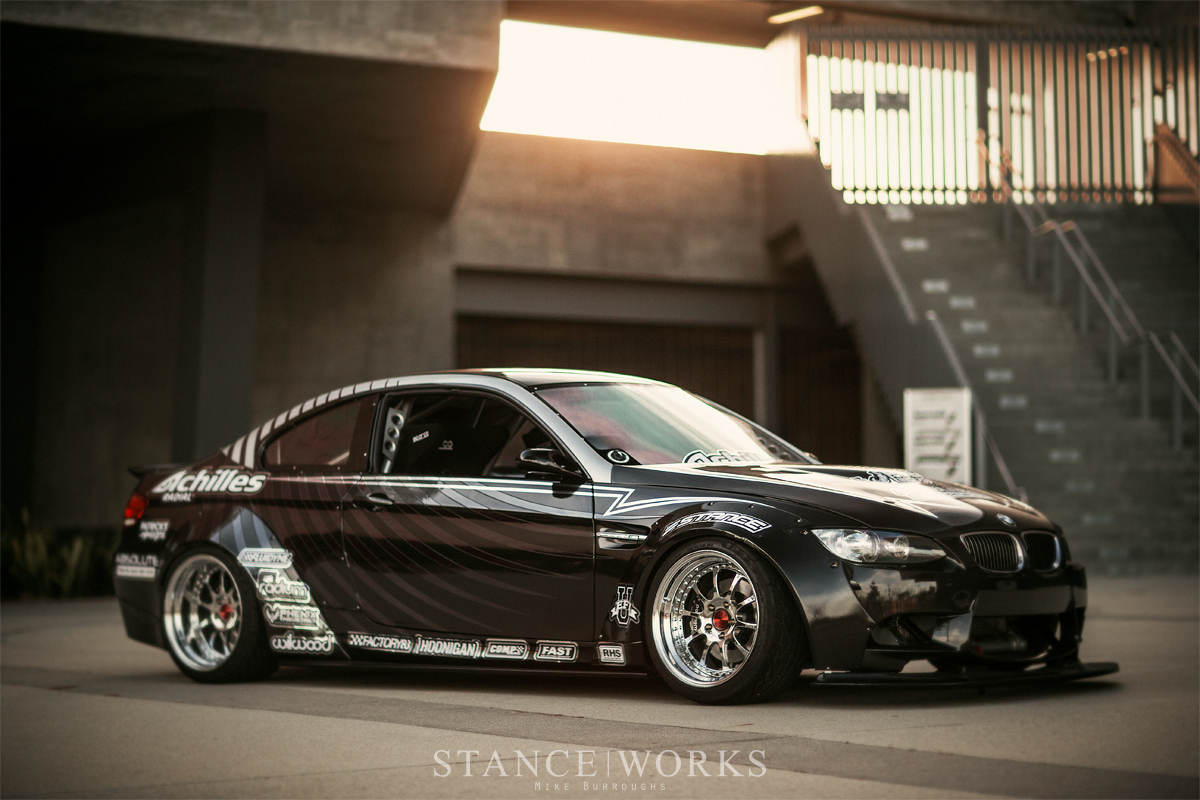
The Privateer – Blake Olsen’s 2007 BMW E92 Pro2 Formula Drift Car
For as long as I've known him, Blake Olsen has been building wild cars, and shredding the tires off of them with incredible style. In recent years, though, Blake's drifting career has taken a backseat to the other priorities of life. 2019, however, marks a return, with Blake's E92 making its competitive debut in just a few short weeks for the first round of Formula Drift Pro2 competition in Orlando, Florida. As a privateer in the highly-competitive world of professional drifting, Blake has gone all-in on building a car he believes will not only win against his peers in Pro2, but can carry him to the podium in an eventual move to Pro 1 with the biggest names in the sport.
There is, of course, an incredible amount that goes into building a competitive drift car. As much as the sport can disregarded or even ridiculed by some segments of the automotive world, the competition, stakes, and technology involved with drifting have increased year after year. To remain competitive requires more than just driving talent; it requires a truly capable car.
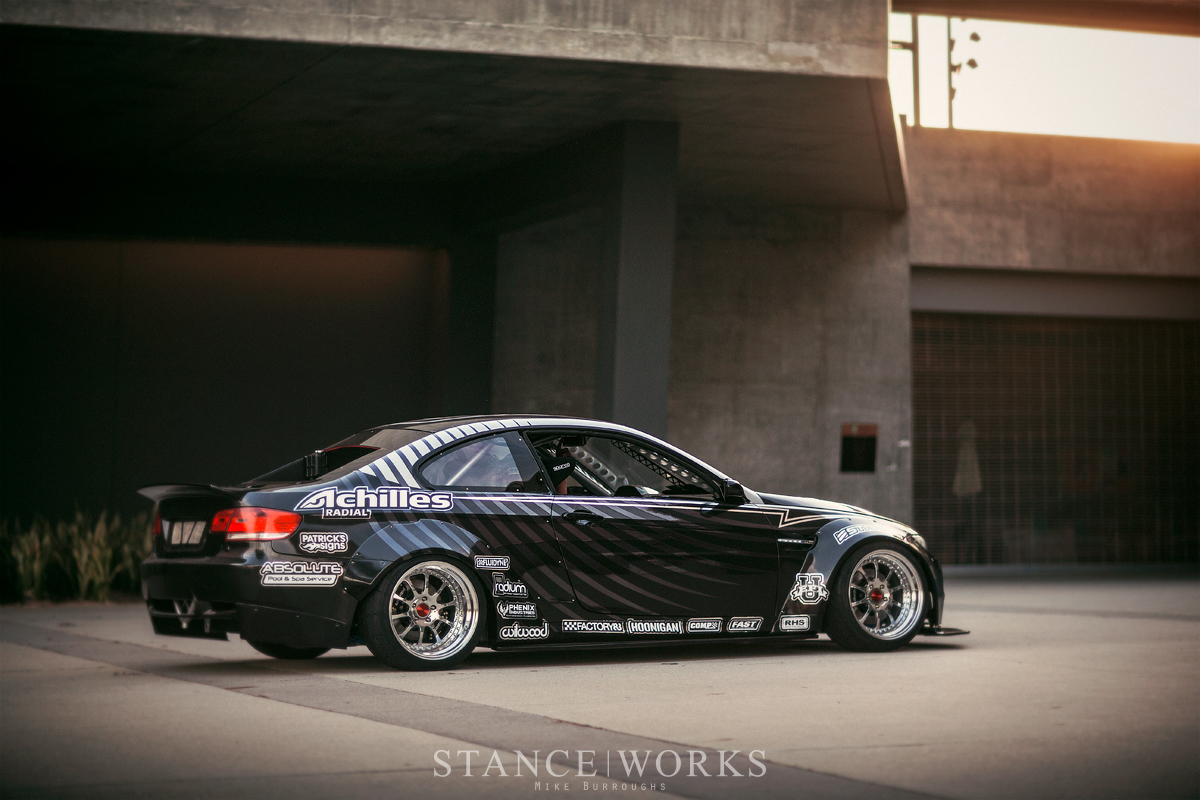

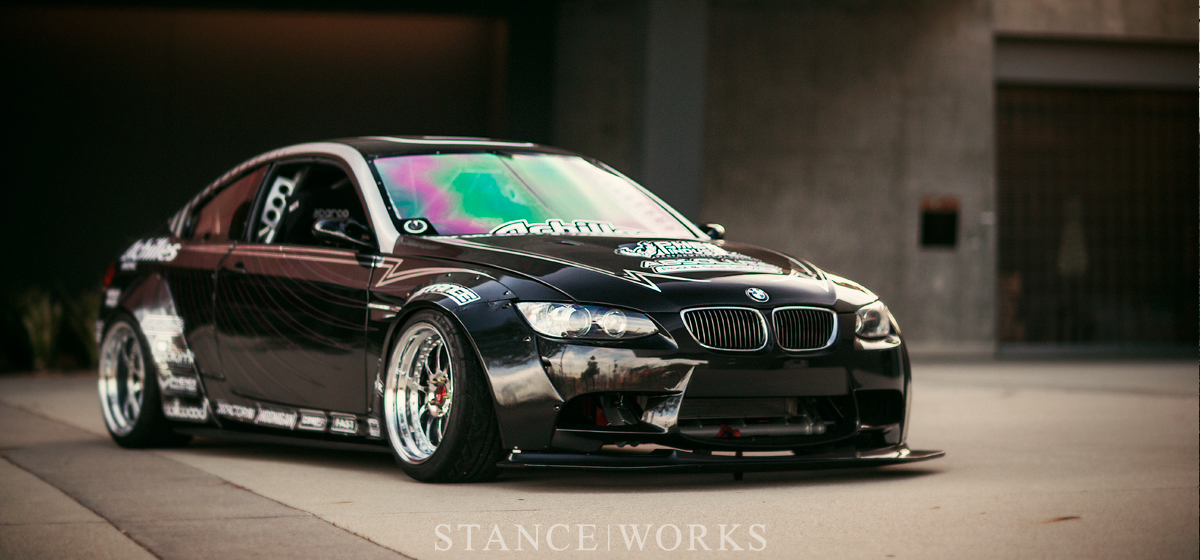
Blake began his Pro2 build with a 2007 E92 328i chassis: an inexpensive, widely available platform with huge aftermarket support. He wasted no time stripping the car to its shell, and following an 8-point 1.75" .095 chromoly roll cage, the car was media blasted and powdercoated as a whole. Chassis modifications like front and rear bash bars, jack points, Speedway Engineering swaybar provisions, and dual battery locations keep the car serviceable and competitive.
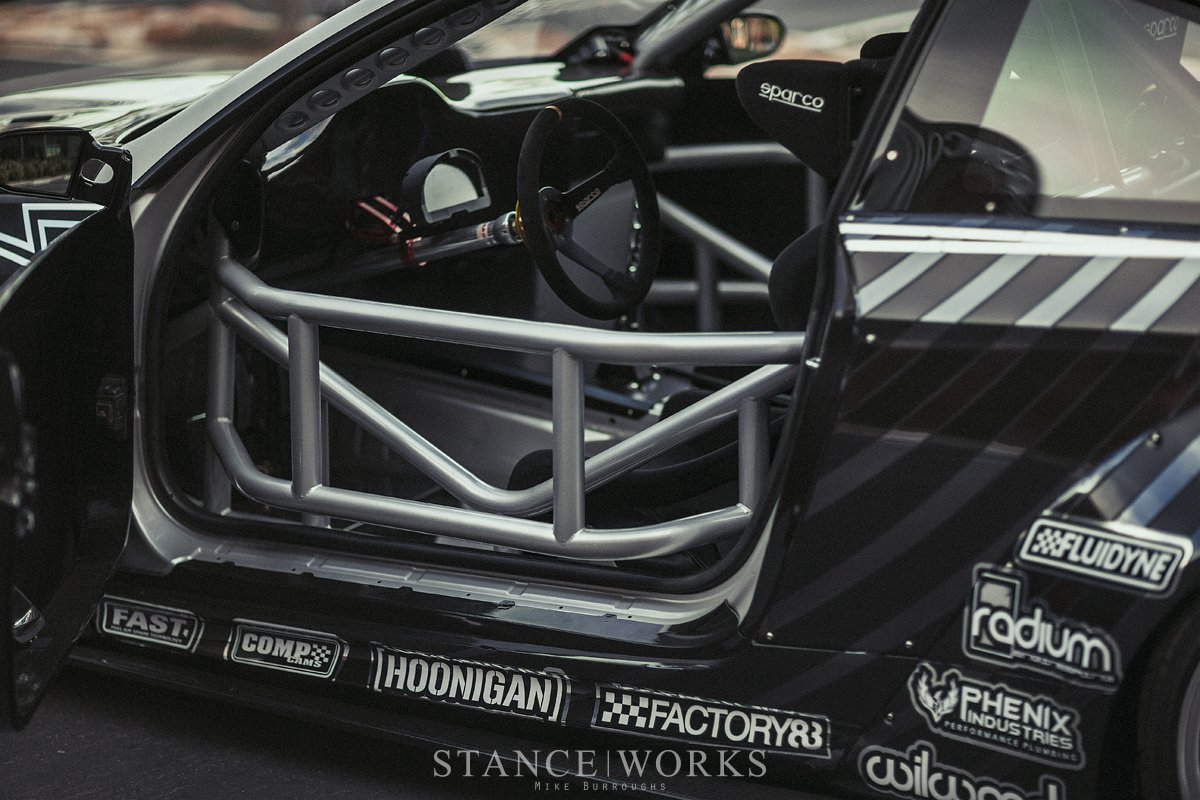
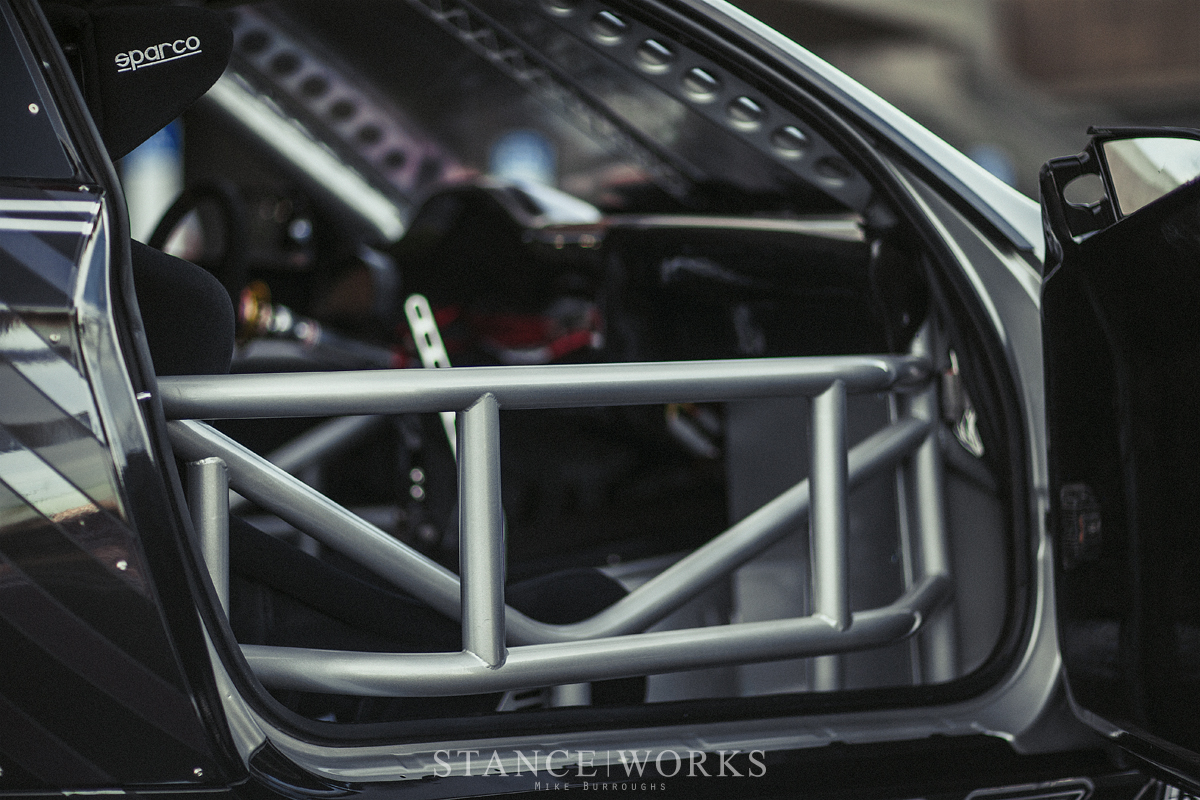
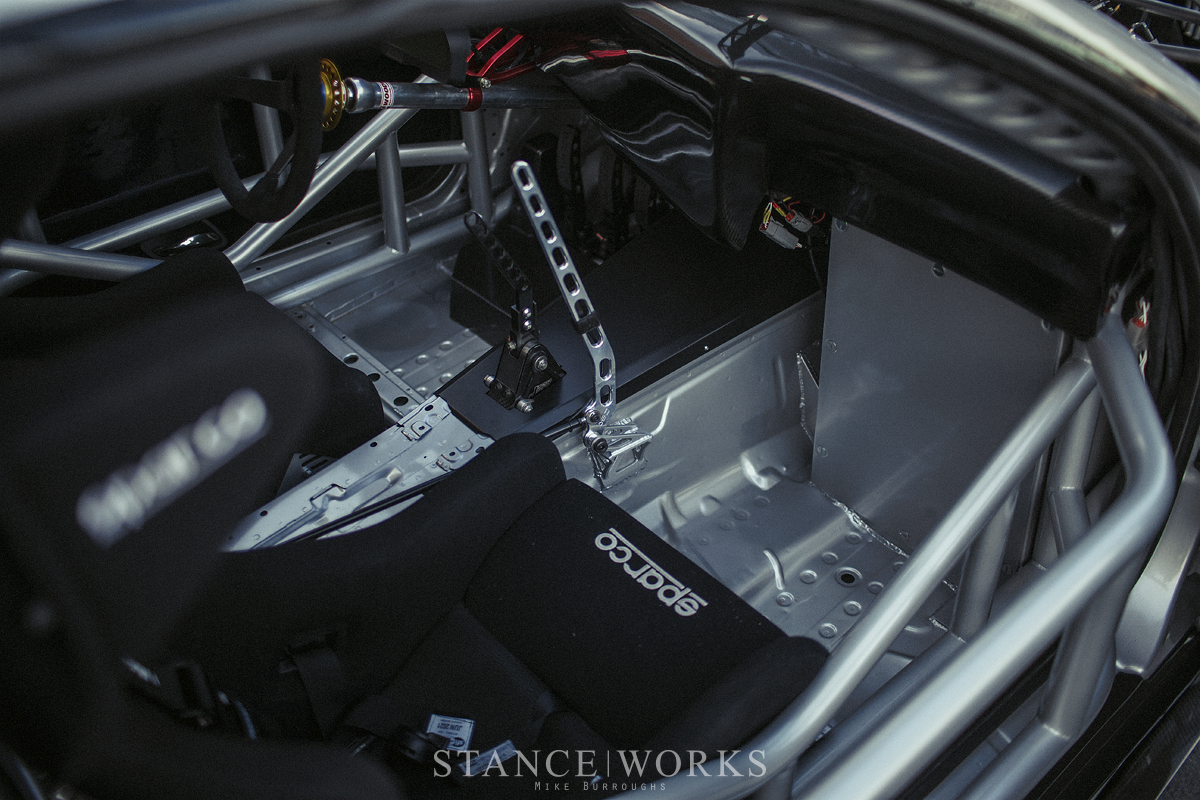
Extending out from the rebuilt and powdercoated subframes is a complete Wisefab kit, front and rear, which allows for infinite control on alignment specs, as well as vastly increased steering angle. The Wisefab kit has been paired with a set of Stance XR-3 3-way coilovers, along with 8K springs for the front and 12K for the rear. At the end of each upright is a Wilwood big brake kit. The car uses Ultralight 4-pot calipers in the front and rear, with a second set mounted in the back for use with the hydraulic e-brake setup. 12.19"x.810 lightweight rotors and billet rotor hats help to keep unsprung weight down as well, and Wilwood cylinders provide the pressure at all four corners. Lastly, GMR DS-5 wheels measuring out to 18x10 front and 18x10.5 rear, wrapped in Achilles 123Ss keep the car planted. Or not, depending on what you prefer.

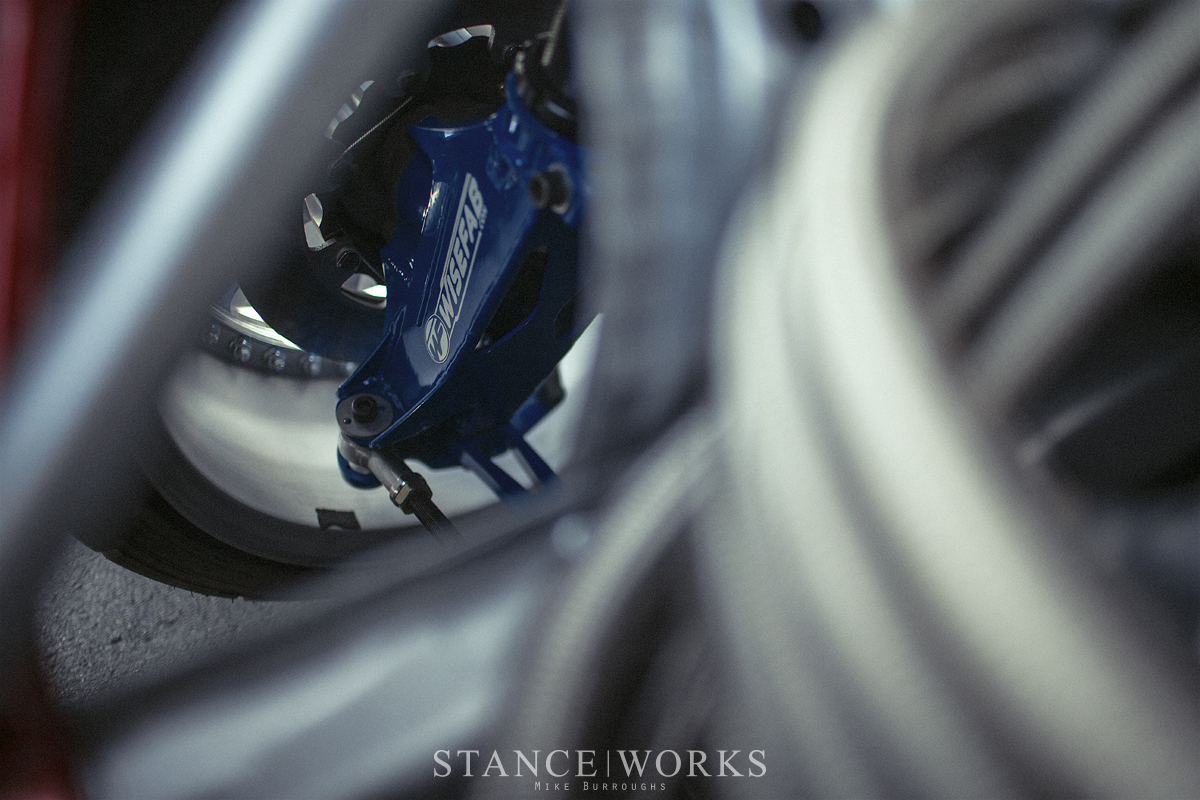
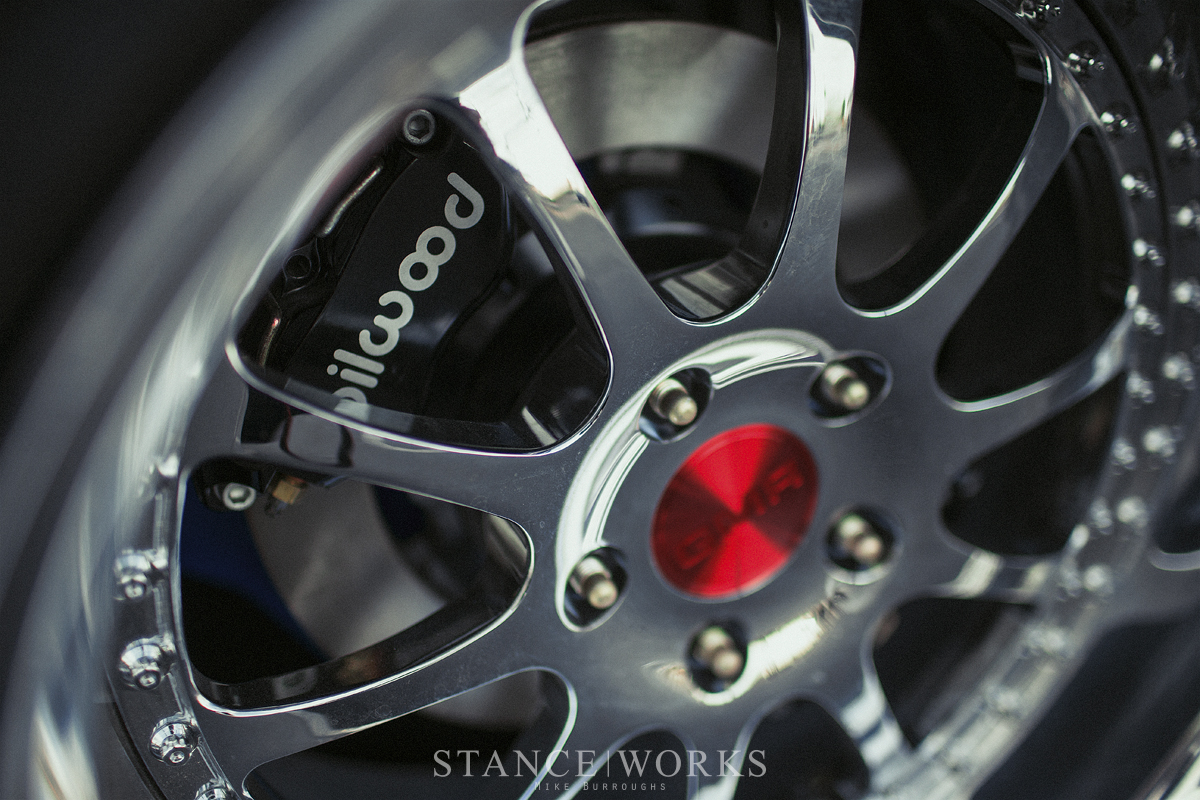

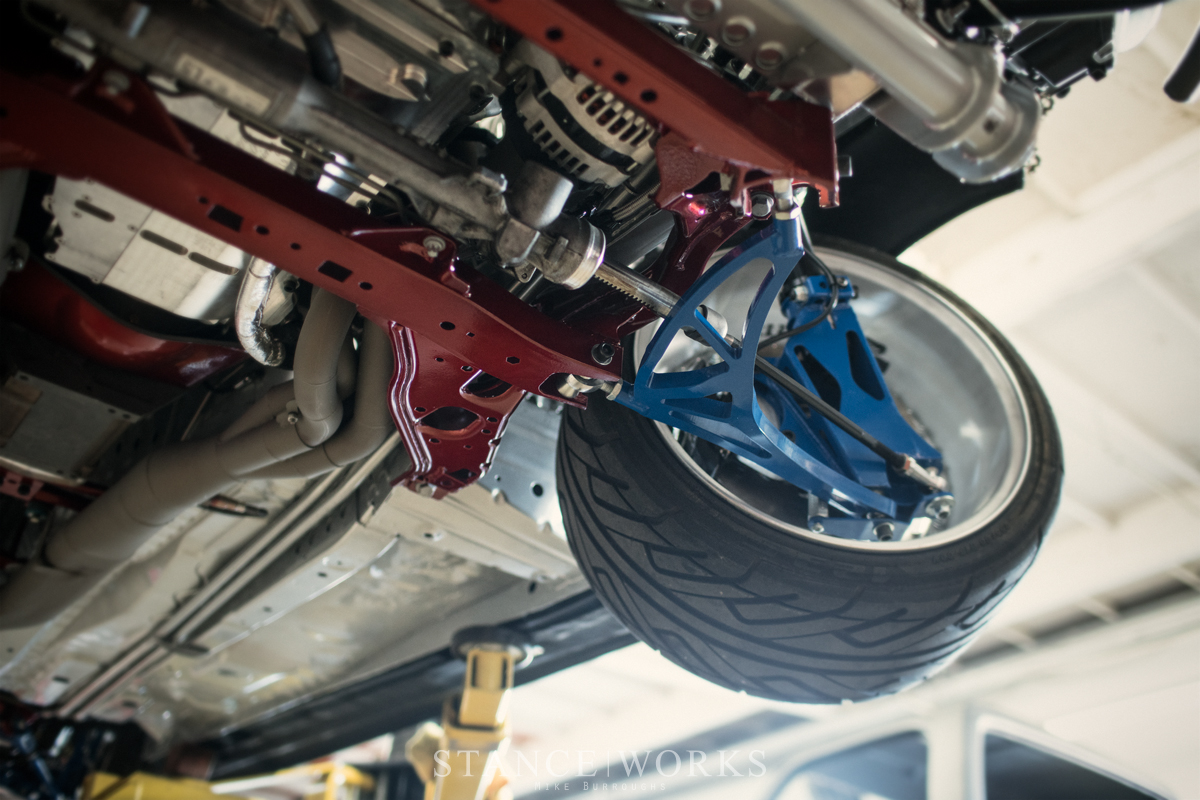
Inside the car, things are as clean as they come. The powdercoated chassis/unibody is stark in contrast to the black accessories, such as the Sparco Ergo containment seats, the Sparco 330mm alcantara wheel, or even the carbon dashboard. Impact Racing 16.5 SFI 5-point belts and a Woodward collapsible steering column are in place for safety, and lastly, a Safecraft 10lb fire suppression system is a must-have for any form of racing. A black bulkhead separates the cabin and Blake from the cooling and fuel systems, which are both mounted at the back of the car.

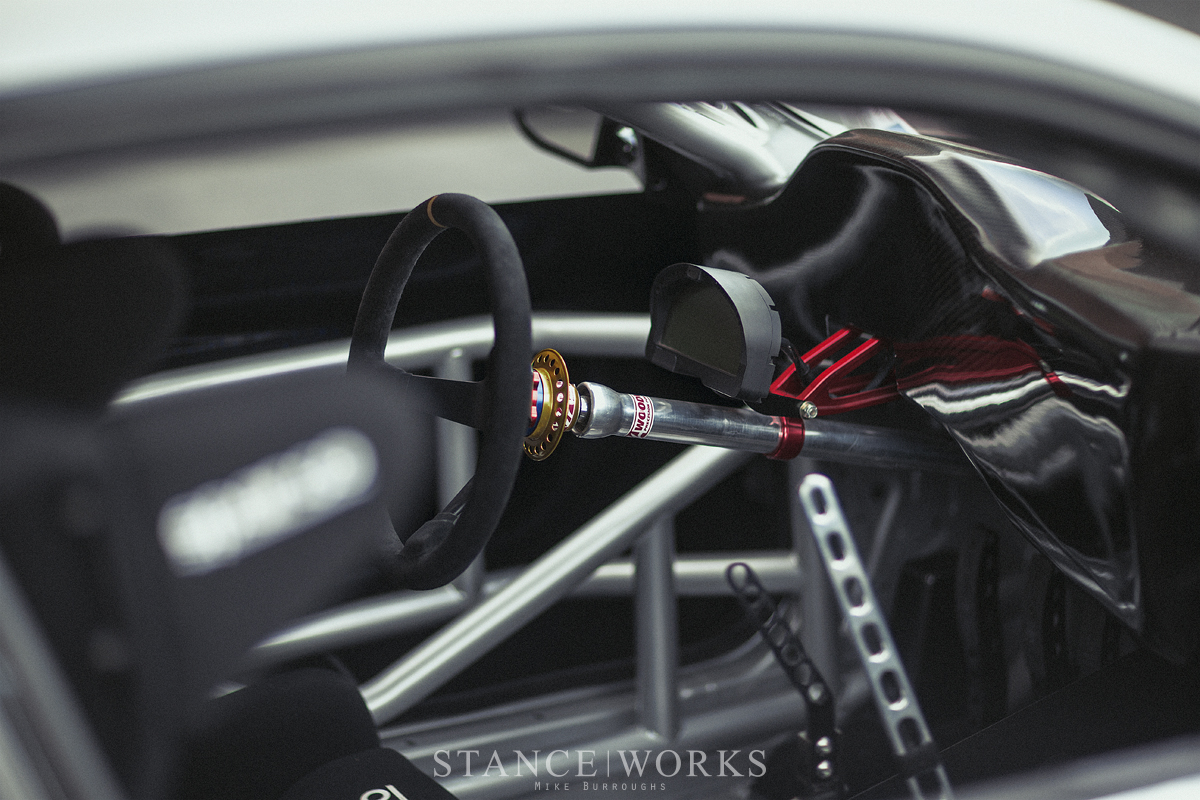
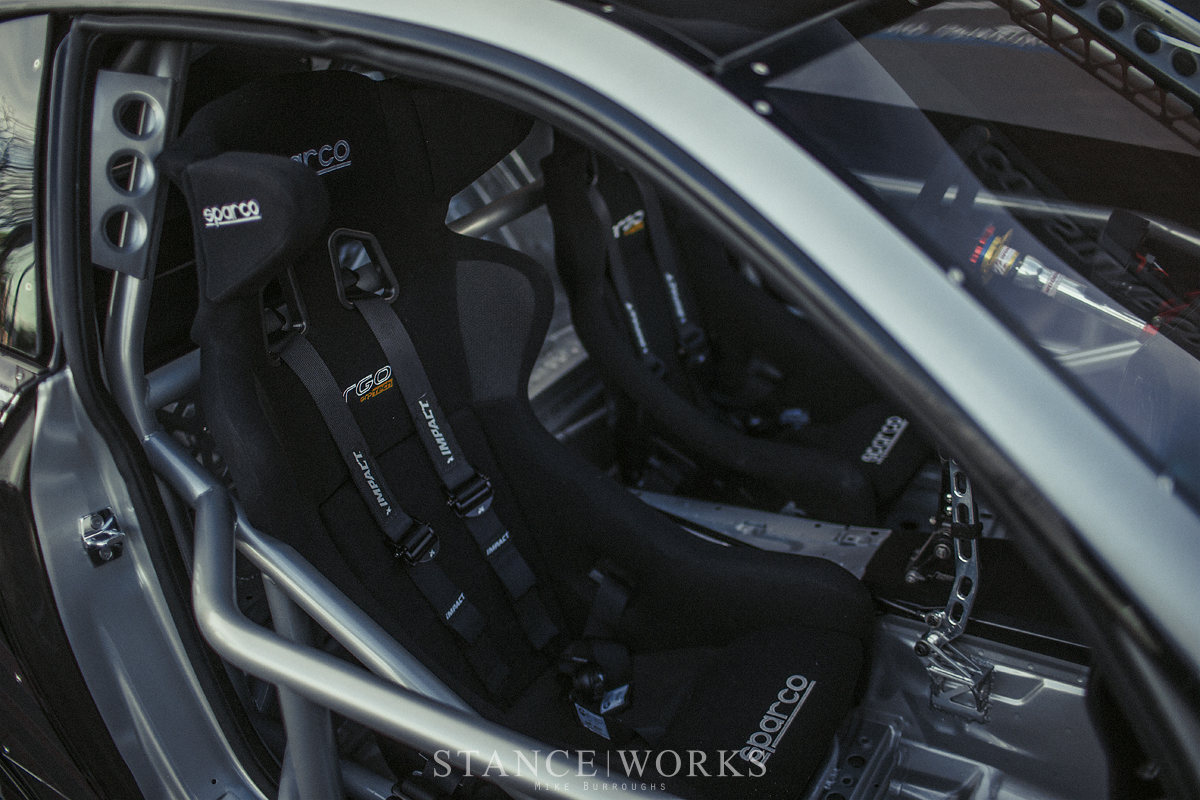
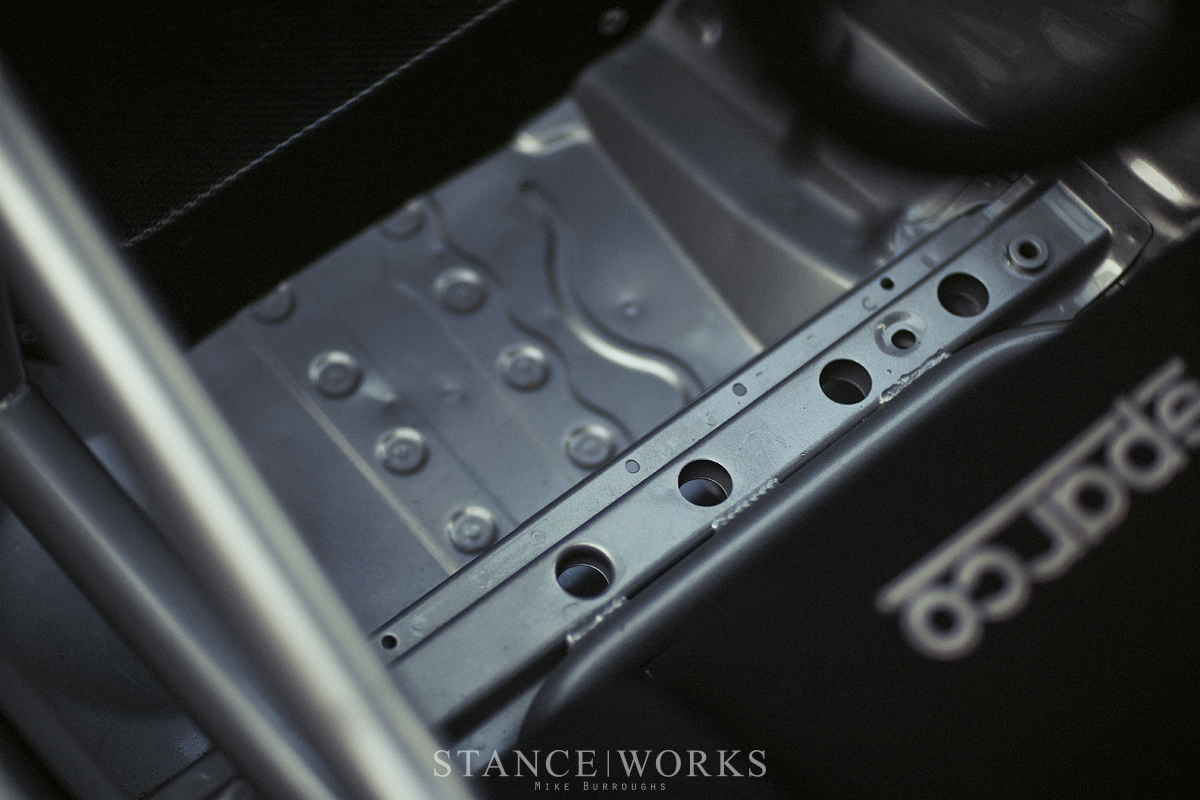
Behind the radiator, which is fed by a ducted rear window, sits a FuelSafe 12-gallon cell, along with a plethora of Radium Engineering fuel system components. 3 AEM Ethanol pumps and one Bosch lift pump provide the fuel pressure needed to send VP Q16 race gas to the nose of the car, through FAST billet fuel rails, and through Injector Dynamics ID1050 injectors.
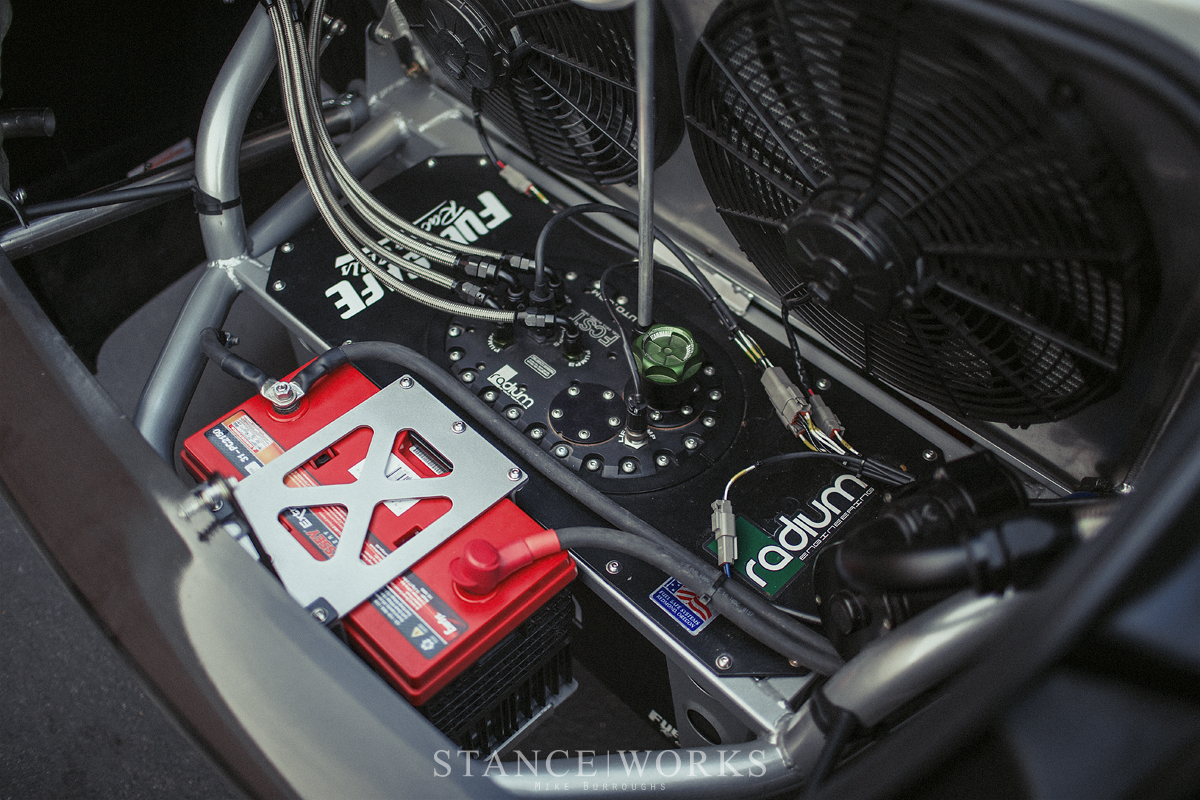
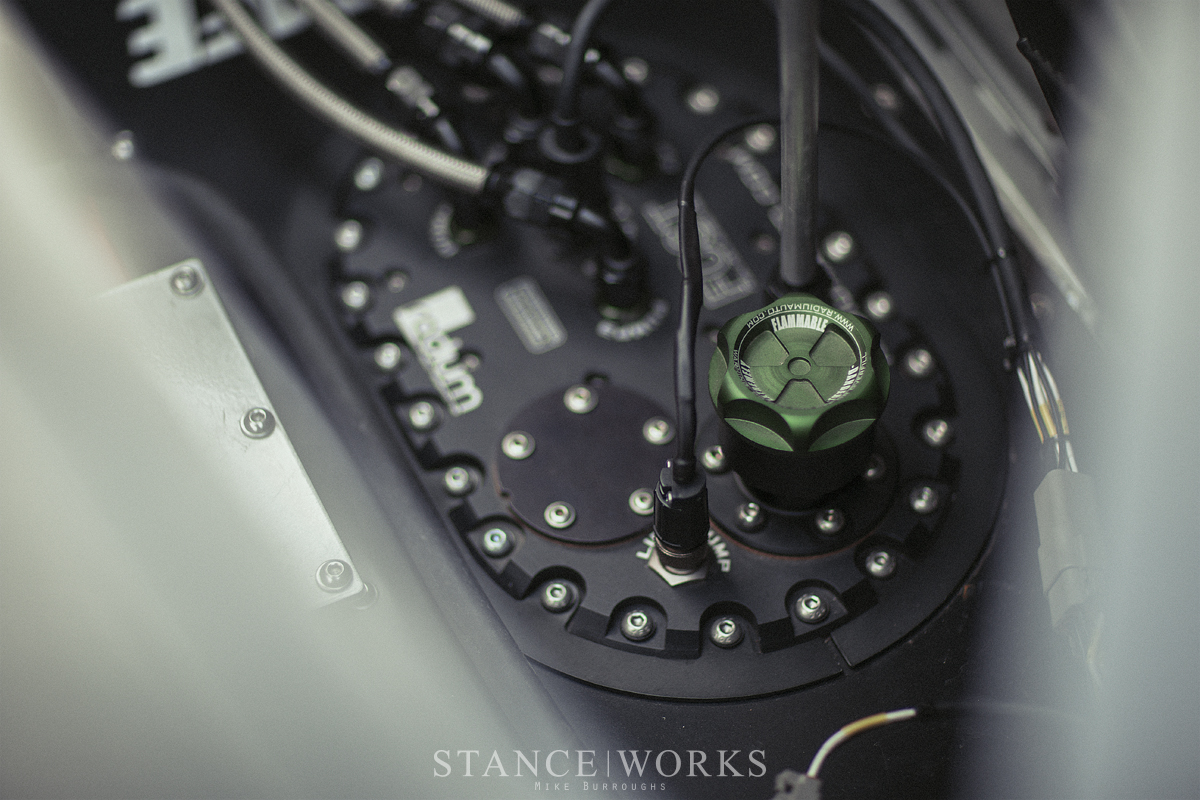

That, of course, brings us to the engine, perhaps the most impressive part of the car. Developed and built by Ben Strader at EFI University, the LS7-based engine is built around an RHS block and cylinder heads. A Lunati billet crank and billet H-beam rods contribute to a a featherweight rotating assembly, and the RHS cylinder heads with titanium valves contribute to a yielded compression of 15.6 to 1.
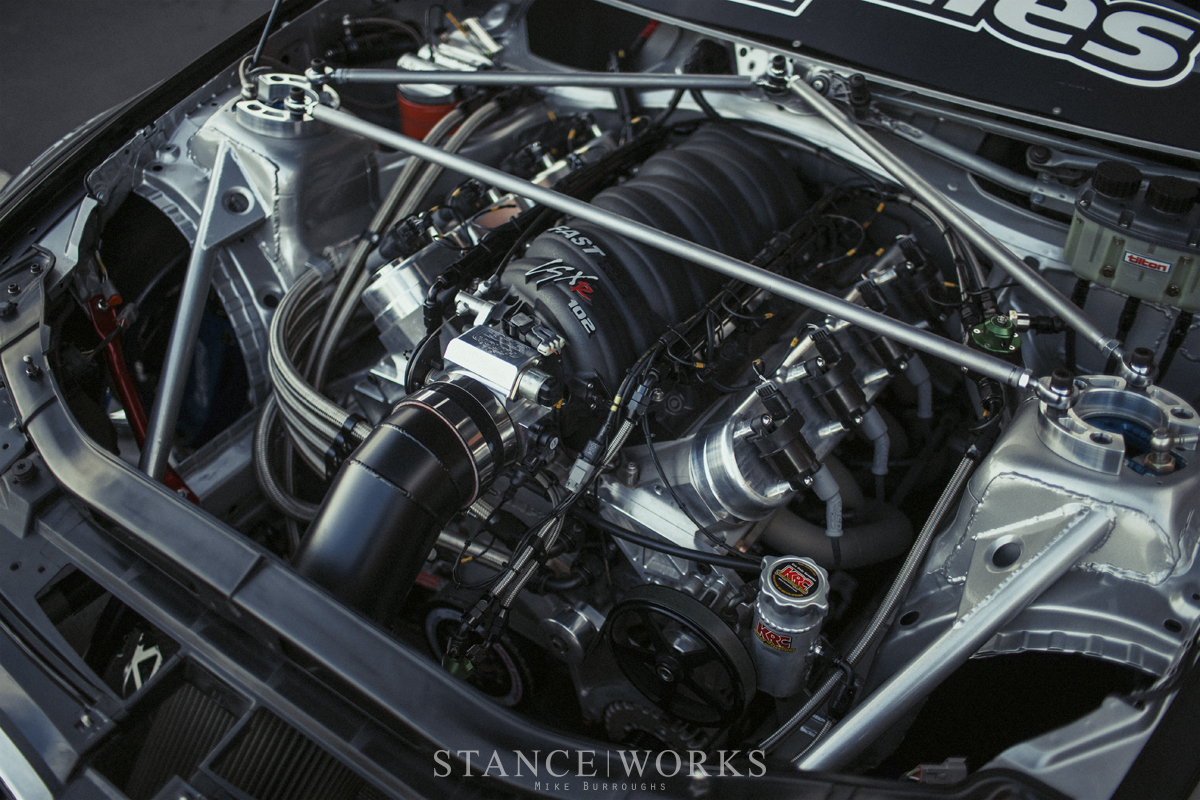
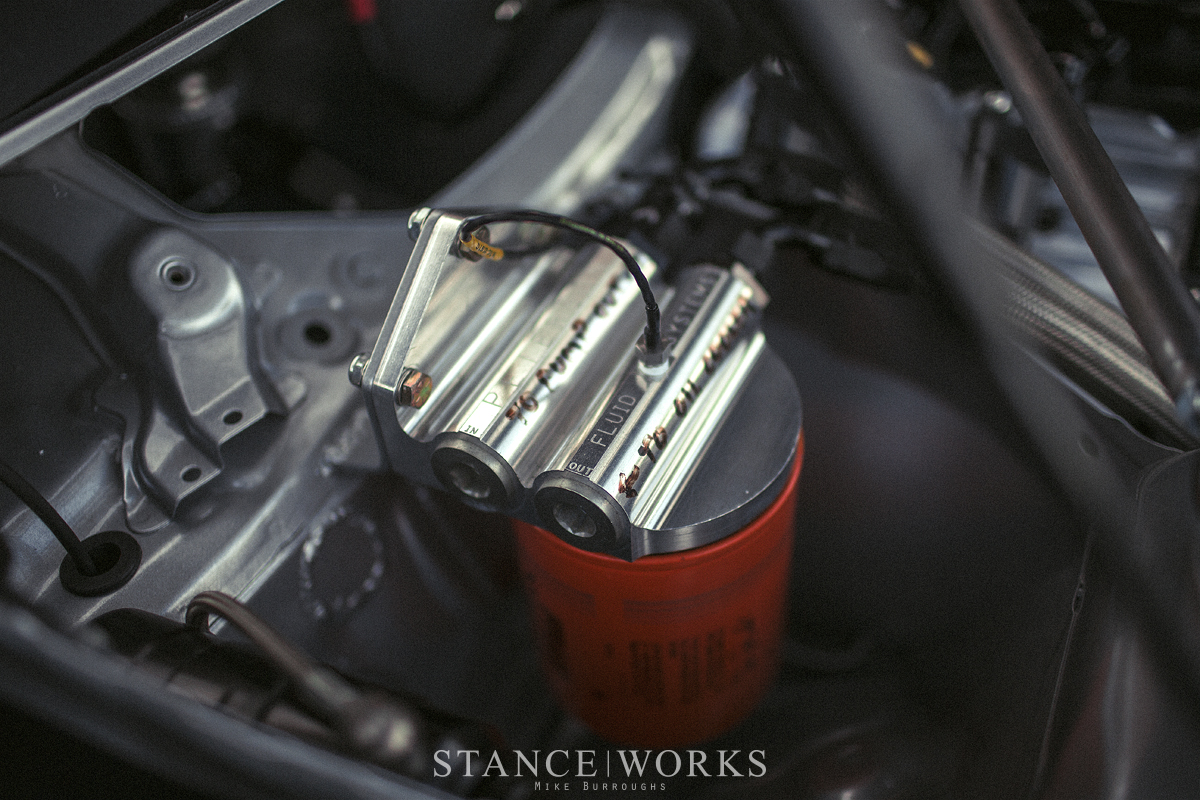
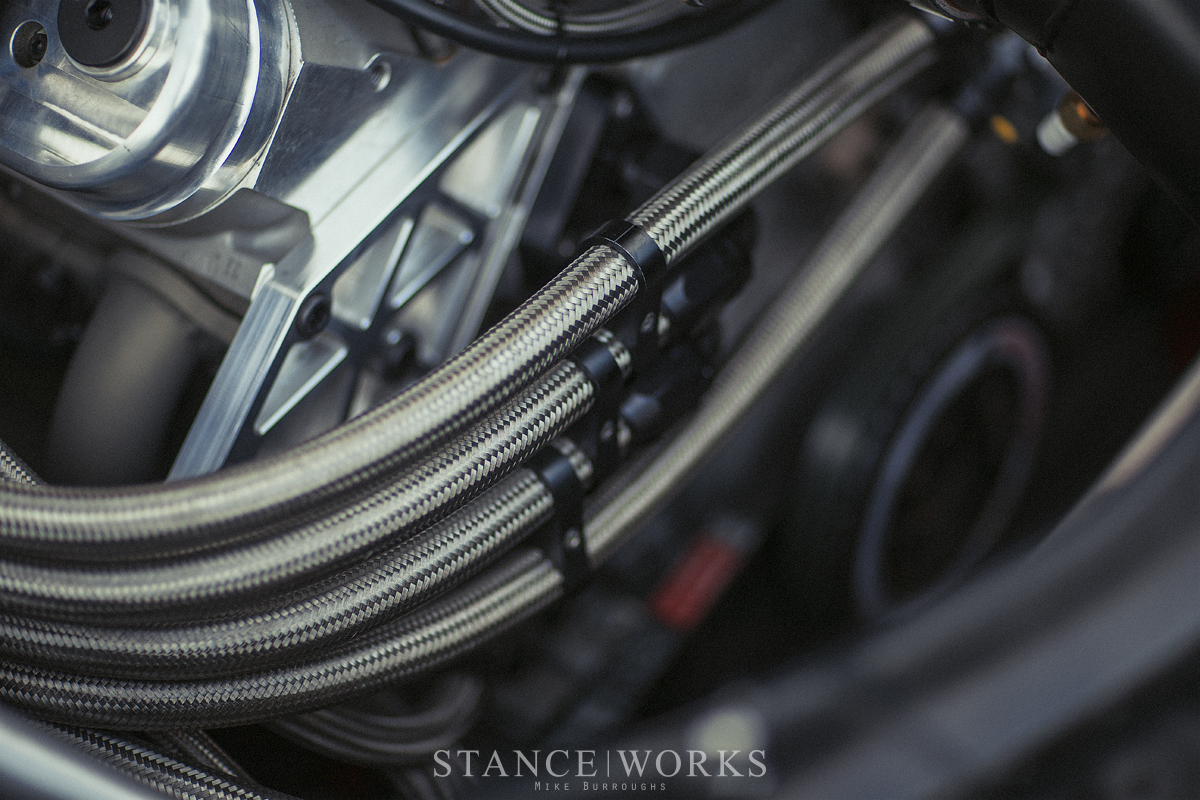
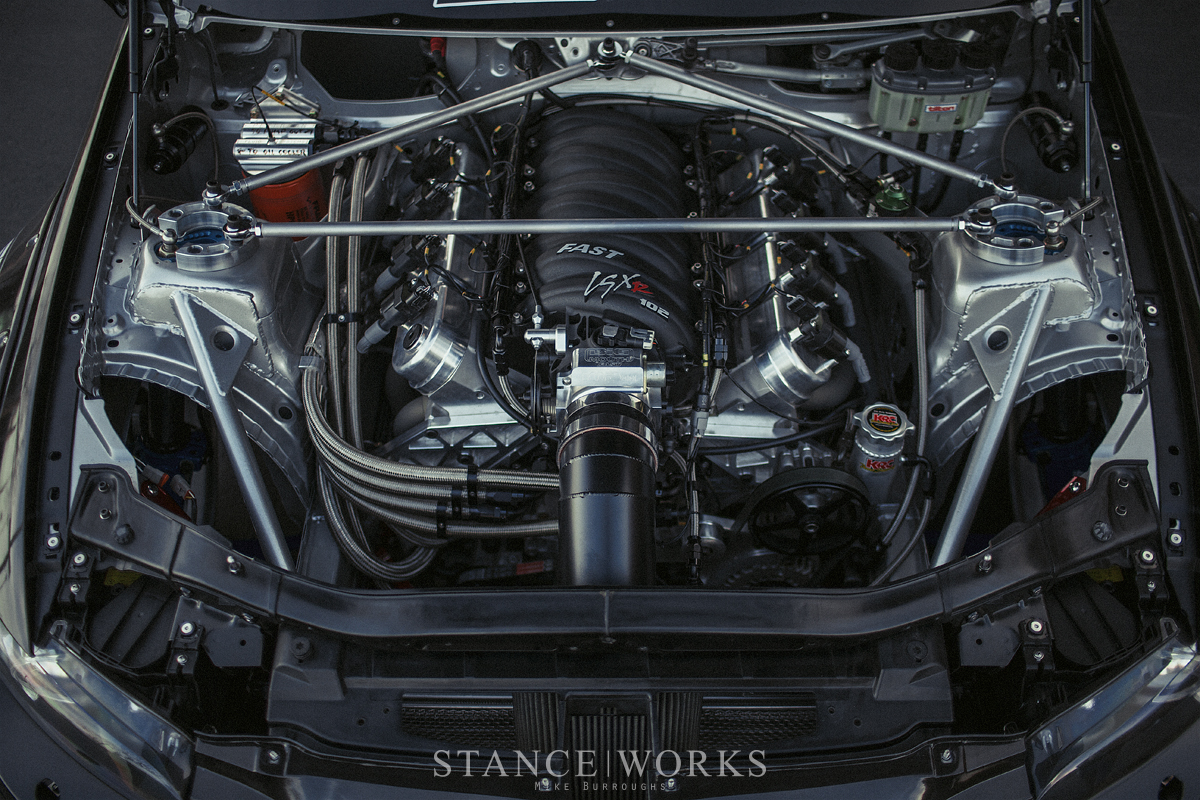
A Dailey Engineering 4-stage billet dry sump system has been installed, and the car has been plumbed front to rear with Phenix Industries AN fittings and lines. Components like the FAST 102mm LS7 intake manifold and throttle body help air flow in, and equal-length stepped headers, which merge to a single 5" oval exhaust, help exhaust flow out. The sound is unparalleled, and alone will help Blake's E92 become a clear crowd favorite.

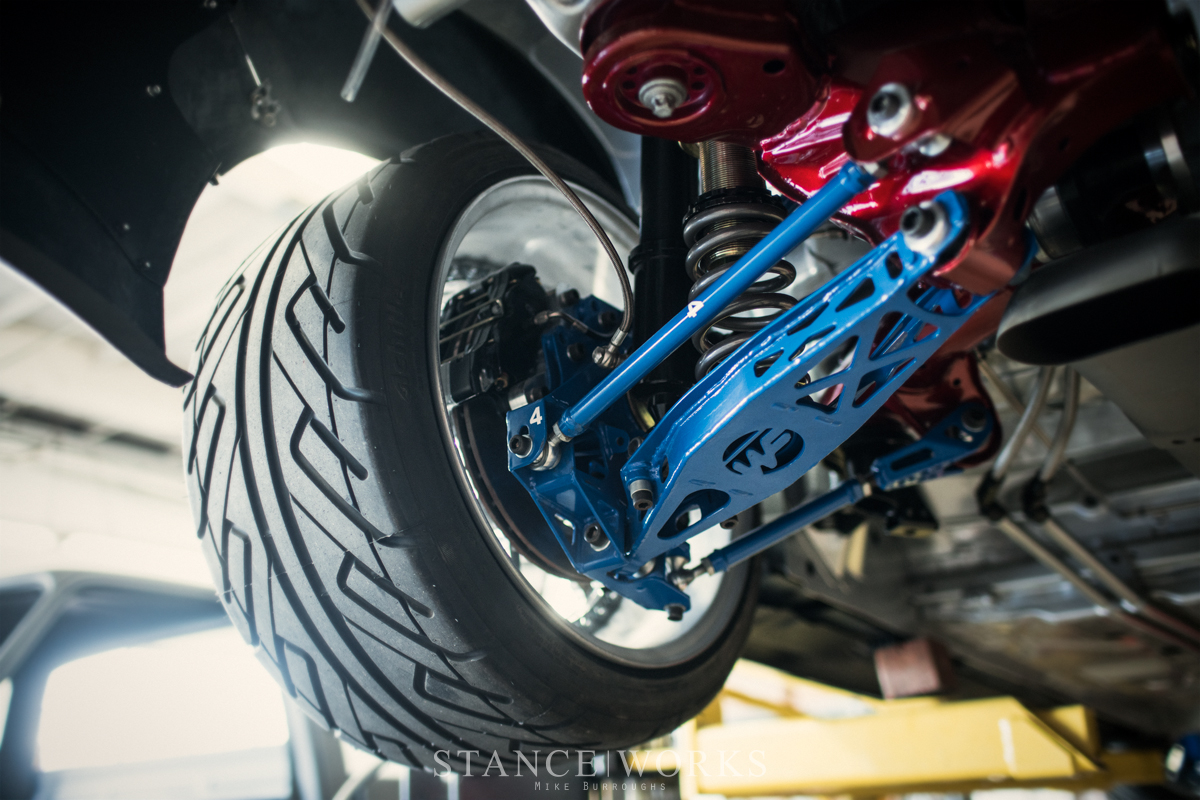

Power is routed out through a Jasper Racing 4-speed dogbox, sourced directly from Joe Gibbs Racing Nascar Cup program. A Quartermaster billet carbon 7.25" clutch keeps rotating weight to a minimum and makes for lighting quick revs, and is of course equipped to handle the power produced by the V8 in front of it. A steel 3" driveshaft with billet yokes sends power through a Speedway Engineering 10" quick change rear end, and out through Driveshaft Shop 1200hp axles. The resulting power to the ground is a smidge over 650 horsepower, and naturally aspirated to boot. Spinning to 8500 RPM, the engine sings.

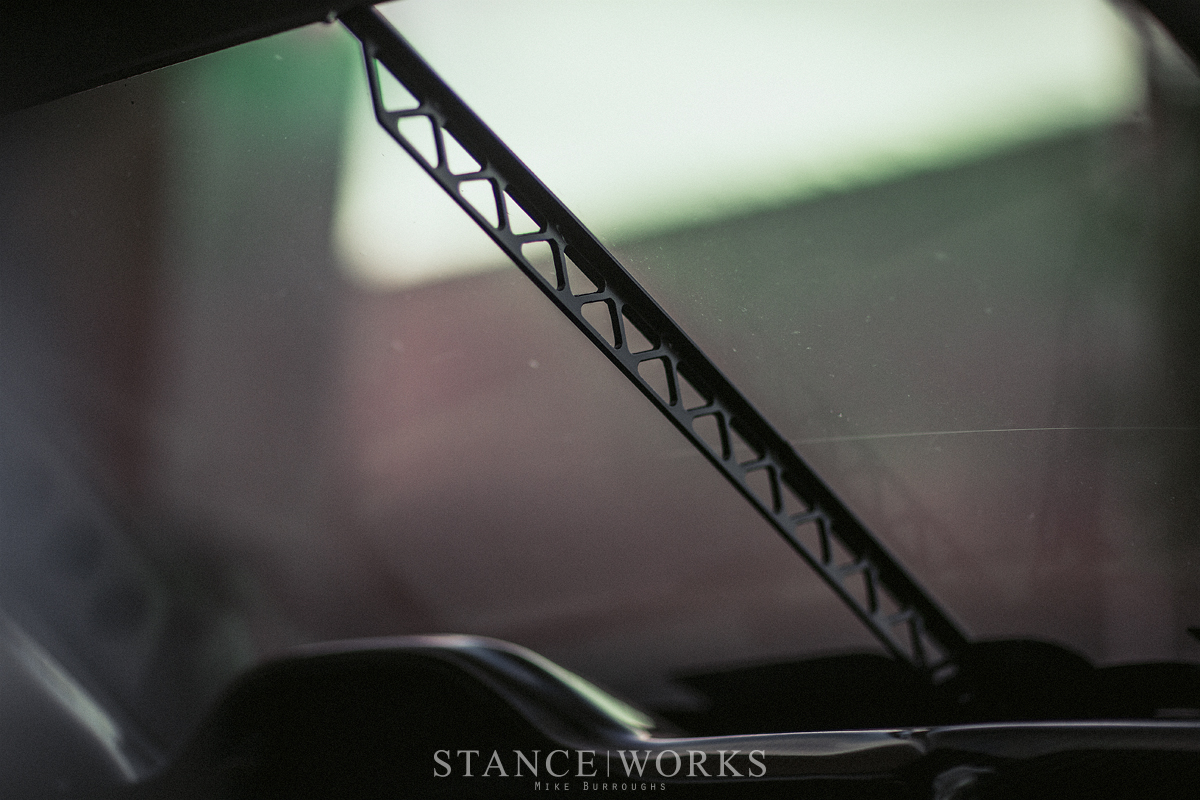
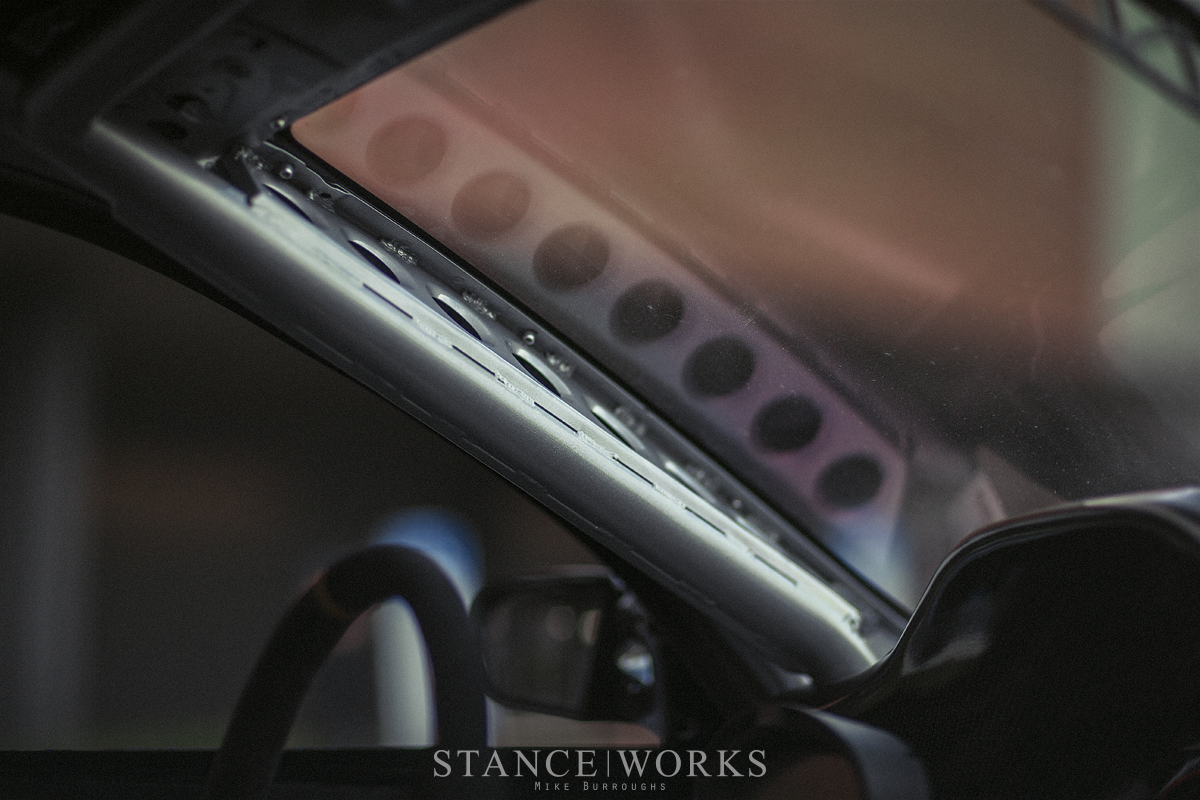
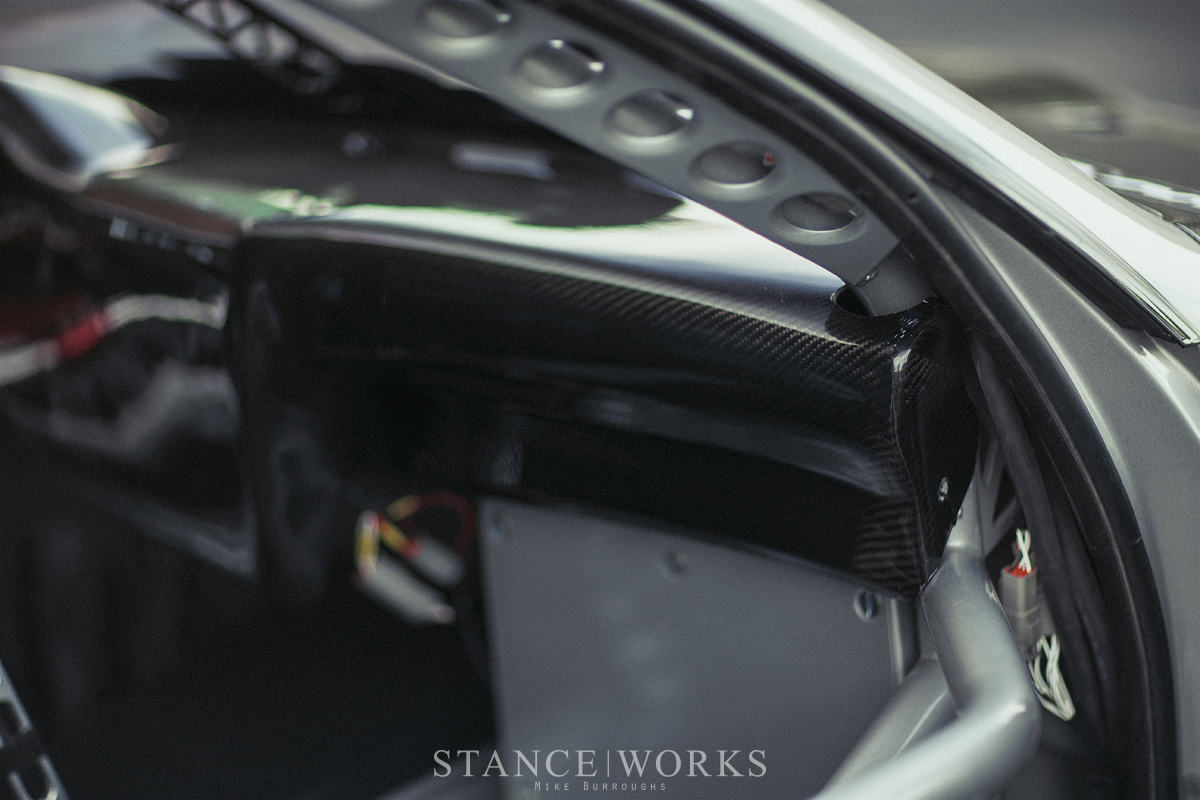
All that leaves is the exterior, which has first been modified to look like its M3 counterpart using OEM polypropylene bumpers, fenders, and side skirts. A Seibon carbon M3 hood, a DTM Fiberwerkz carbon roof, and carbon splitters have been fitted for a reduction in weight, and for width, Blake turned to Liberty Walk-style overfenders.
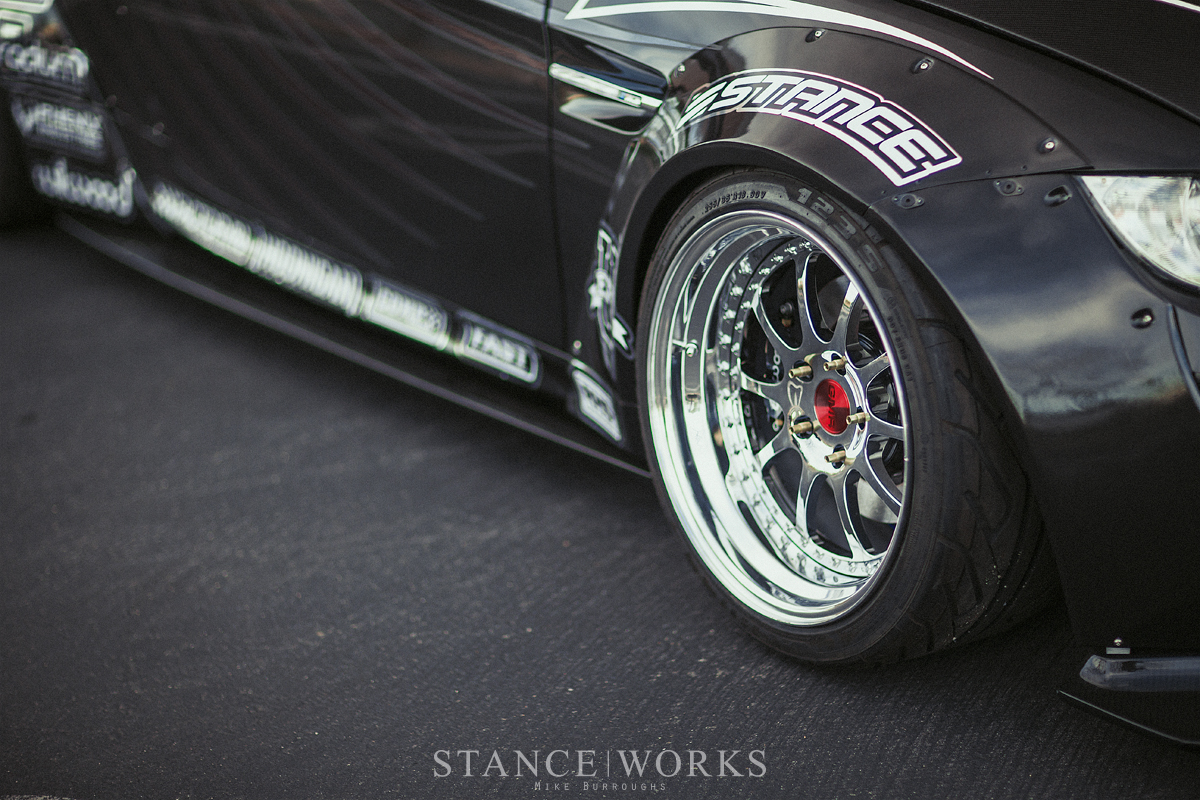

2F Performance supplied the fiberglass quarters/tail end of the car, which makes for easy and quick fixes should Blake make full contact on the course. This, of course, further reduces the weight of the E92 as well. Last but not least: the graphics package. A metallic black wrap was laid down by Las Vegas Car Wraps, and over top, a livery designed by the incredibly talented Ian Dillon at Factory 83, which was then cut and applied by Patrick's Signs.

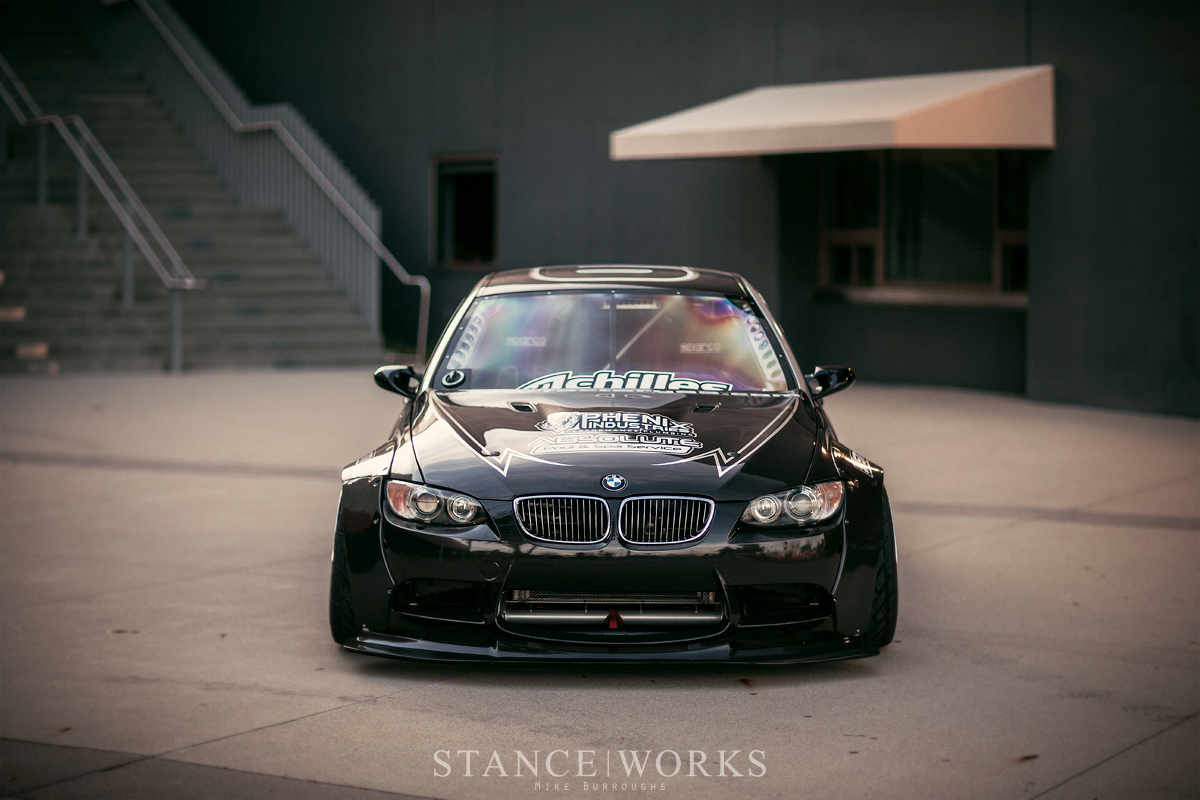
And now you know what you're looking at: an immense amount of time, effort, and money to build a truly competitive drift machine. Keep an eye out for Formula Drift Round 2 in Orlando, Florida, where Blake and the E92 will make their debut, and with a bit of luck, the duo will make it to the top of the podium, too. Good luck, Blake!
